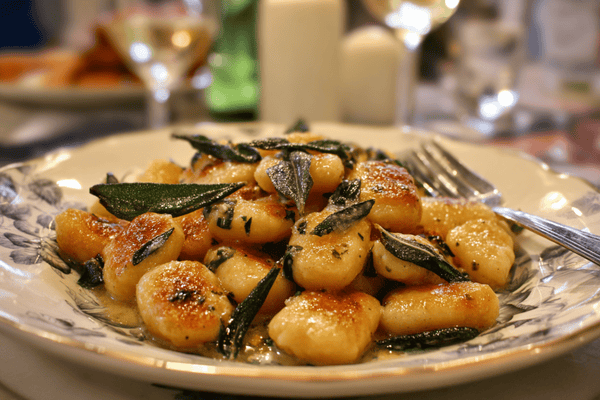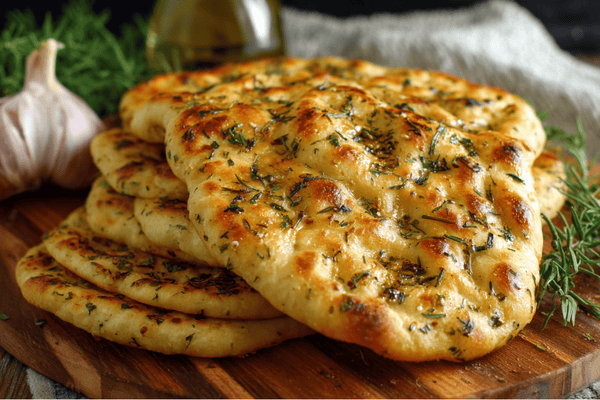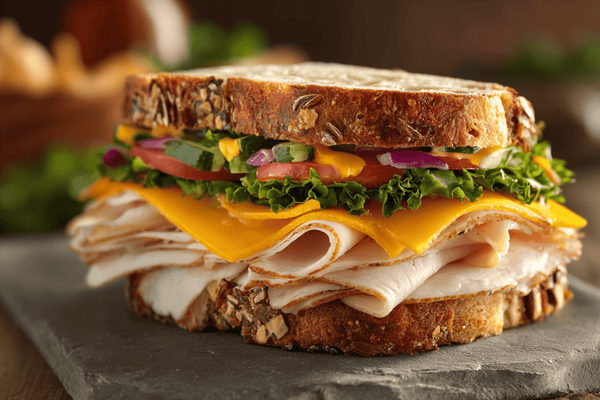
When it comes to kitchen knives, there are a plethora of options available in the market, each with its own unique set of features and benefits. Two of the most popular and versatile options are the santoku knife and the chef knife. In this article, we will explore the differences between these two knives and help you determine which one is best suited for your specific needs and preferences.
Table of contents
- Introduction to Santoku Knives
- Introduction to Chef Knives
- Santoku vs Chef Knife: Differences
- Uses for the Santoku Knife
- Uses for the Chef Knife
- Blade Shape and Design
- Length and Weight
- Santoku vs Chef Knife: Which is Better for Dicing?
- Santoku vs Chef Knife: Which is Better for Mincing?
- Santoku vs Chef Knife: Which is Better for Chopping?
- Santoku vs Chef Knife: Which is Better for Crushing Garlic?
- Santoku vs Chef Knife: Which is Better for Slicing Meat?
- FAQs
- Conclusion
Introduction to Santoku Knives
Santoku knives originated in Japan and are a traditional Japanese-style knife. The word "santoku" translates to "three virtues," which refers to the three tasks that this knife is best suited for: slicing, dicing, and mincing. Santoku knives are typically shorter and lighter than chef knives, and they feature a flat blade with a slight curve at the tip. The handle is also designed for comfort and balance, making them easy to use for extended periods of time.
Introduction to Chef Knives
Chef knives, also known as cook's knives, are a staple in any professional kitchen. They are versatile and can be used for a variety of tasks, including chopping, slicing, and mincing. Chef knives are typically longer than santoku knives, making them ideal for larger cutting tasks. They also feature a curved blade that allows for a rocking motion, making it easier to chop through food with a smooth, efficient motion.
Santoku vs Chef Knife: Differences
When it comes to the santoku vs chef knife, there are a few key differences to consider. First, the blade shape is different, with the santoku having a straighter blade and the chef knife having a more curved blade. This difference in blade shape makes the santoku knife more suitable for slicing and dicing tasks, while the chef knife is better suited for chopping and rocking tasks.
Another difference is the length of the blade. The santoku knife typically has a shorter blade, which makes it easier to control for precision tasks. The chef knife, on the other hand, has a longer blade, which gives it more leverage for tougher tasks.
Uses for the Santoku Knife
The santoku knife is a great choice for a variety of tasks in the kitchen, including:
- Slicing vegetables, fruits, and meats
- Dicing vegetables, fruits, and meats
- Mincing herbs and garlic
- Performing precision tasks, such as removing the stem from a strawberry
Uses for the Chef Knife
The chef knife is an excellent choice for a wide range of kitchen tasks, including:
- Slicing meats, fruits, and vegetables
- Chopping vegetables and fruits
- Mincing herbs and garlic
- Rocking and chopping tasks, such as smashing garlic cloves
- Breaking down larger cuts of meat
Blade Shape and Design
One of the key differences between santoku knives and chef knives is their blade shape and design. As mentioned earlier, santoku knives feature a flat blade with a slight curve at the tip, while chef knives have a more pronounced curve along the entire blade. This difference in blade shape affects the way each knife cuts and performs various tasks.
The flat blade of the santoku knife makes it ideal for slicing and dicing, as it allows for a clean and precise cut. The slight curve at the tip makes it easier to maneuver the knife, which is especially useful when mincing herbs and other delicate ingredients.
The curved blade of the chef knife, on the other hand, is better suited for chopping and other tasks that require a rocking motion. The curve allows the user to chop through food with a smooth and efficient motion, making it easier to chop through large quantities of food in a short amount of time.
Length and Weight
Another important factor to consider when comparing santoku knives and chef knives is their length and weight. Santoku knives are typically shorter and lighter than chef knives, which makes them easier to handle and maneuver for extended periods of time. This is especially important for home cooks who may not have the strength and endurance of professional chefs.
The longer and heavier chef knife, on the other hand, is ideal for larger cutting tasks and provides more leverage and control when chopping through tough ingredients. However, it may be more difficult to handle for extended periods of time and may require more strength and endurance.
Santoku vs Chef Knife: Which is Better for Dicing?
When it comes to dicing, the santoku knife's straight blade may make it easier to make uniform cuts. The chef knife's curved blade, on the other hand, can be used to make quick, precise dicing cuts, especially for round or curved food items.
Santoku vs Chef Knife: Which is Better for Mincing?
For mincing, the chef knife's curved blade may be better suited to handle the rocking motion required for mincing herbs and other ingredients. The santoku knife's straighter blade may still be able to handle mincing tasks, but the chef knife's curved blade may make the task easier and more efficient.
Santoku vs Chef Knife: Which is Better for Chopping?
For chopping, the chef knife's curved blade and heavier weight may make it easier to handle the repetitive motion required for chopping ingredients. The santoku knife's lighter weight and straighter blade may make it more suitable for lighter chopping tasks.
Santoku vs Chef Knife: Which is Better for Crushing Garlic?
When it comes to crushing garlic, the chef knife's heavier weight and curved blade may make it easier to handle the repetitive motion required for crushing garlic. The santoku knife's lighter weight and straighter blade may still be able to handle crushing garlic, but the chef knife may make the task easier and more efficient.
Santoku vs Chef Knife: Which is Better for Slicing Meat?
For slicing meat, the chef knife's longer, heavier blade may make it easier to handle the task. The santoku knife's lighter weight and shorter blade may still be able to handle slicing meat, but the chef knife may make the task easier and more efficient.
Comparison table
| Feature | Santoku Knife | Chef Knife |
|---|---|---|
| Blade Shape | Straight, slightly curved blade with a pointed tip | Curved blade with a rounded tip |
| Blade Length | 7-inch to 8-inch | 8-inch to 10-inch |
| Blade Material | Stainless steel, carbon steel, ceramic | Stainless steel, carbon steel, ceramic |
| Handle Design | Lightweight, ergonomic handle design | Heavier handle for improved balance and control |
| Uses | Precise cuts and quick slicing | Heavy-duty chopping and slicing |
| Benefits | Lightweight, versatile, and easy to control | Heavy-duty design for tough cutting tasks, improved balance and control |
FAQs
Q: Can I use a Santoku knife for heavy-duty tasks?
A: While the Santoku knife is versatile, it is not designed for heavy-duty tasks such as cutting through tough meats or chopping large vegetables. The lighter weight and shorter blade of the Santoku knife may not provide enough leverage or control for these types of tasks.
Q: Can I use a Chef knife for precise cuts and slicing?
A: The Chef knife can be used for precise cuts and slicing, but it is designed more for heavy-duty tasks and chopping. The longer and heavier blade of the Chef knife may make it more challenging for delicate cuts and slicing.
Q: Are Santoku knives and Chef knives made of the same materials?
A: No, Santoku knives and Chef knives can be made of different materials, such as stainless steel, carbon steel, or ceramic. The choice of material will impact the weight, sharpness, and durability of the knife.
Conclusion
In conclusion, the Santoku vs Chef knife comparison highlights the differences in blade design, handle design, uses, and benefits of each knife. Understanding these differences will help you make an informed decision when purchasing a kitchen knife.
If you are looking for a versatile and lightweight knife for precise cuts and quick slicing, then a Santoku knife is a great option. On the other hand, if you are looking for a heavy-duty knife for chopping and slicing through tough ingredients, then a Chef knife may be the better choice.
No matter which knife you choose, remember to keep it sharp and maintain it properly to ensure its longevity and performance.


